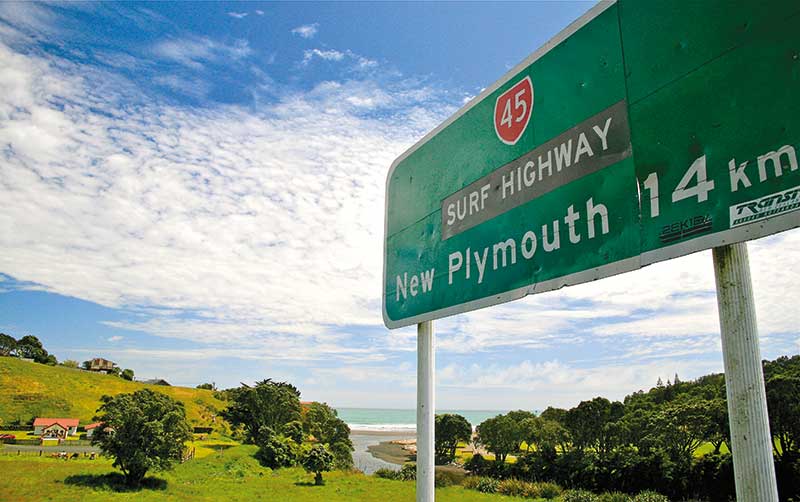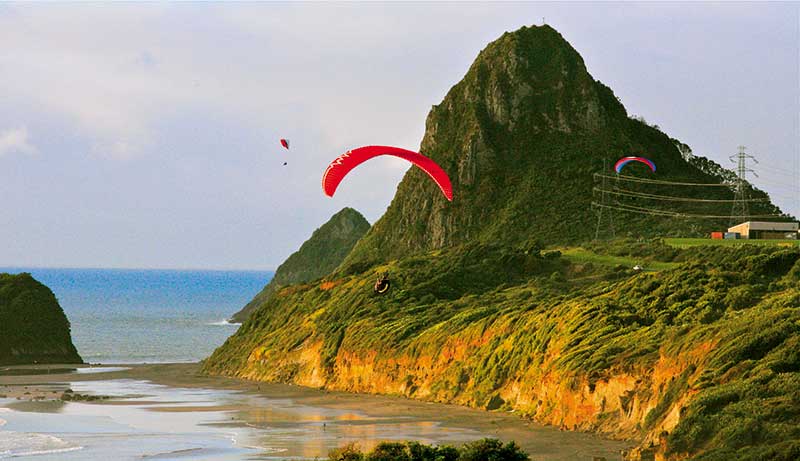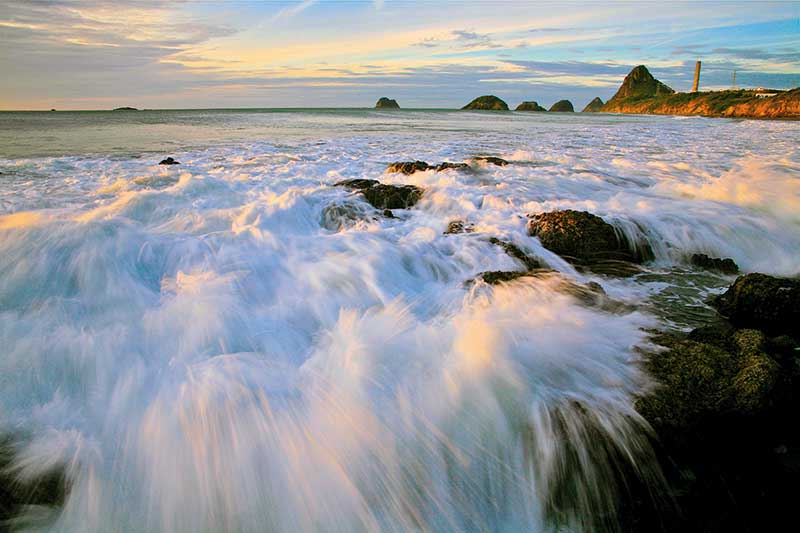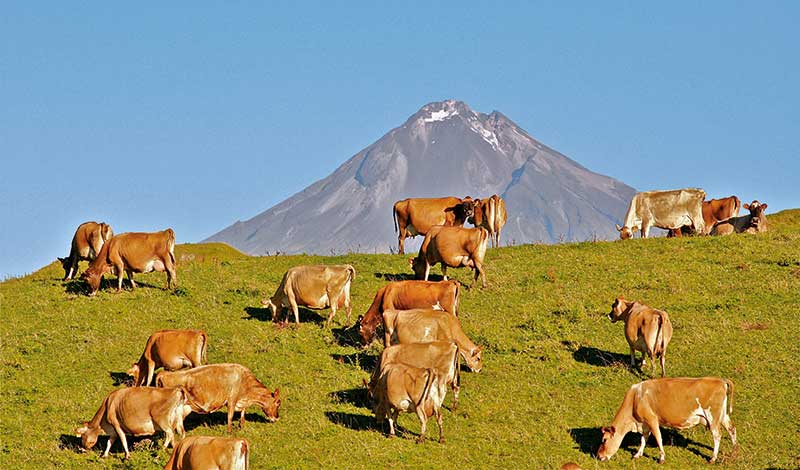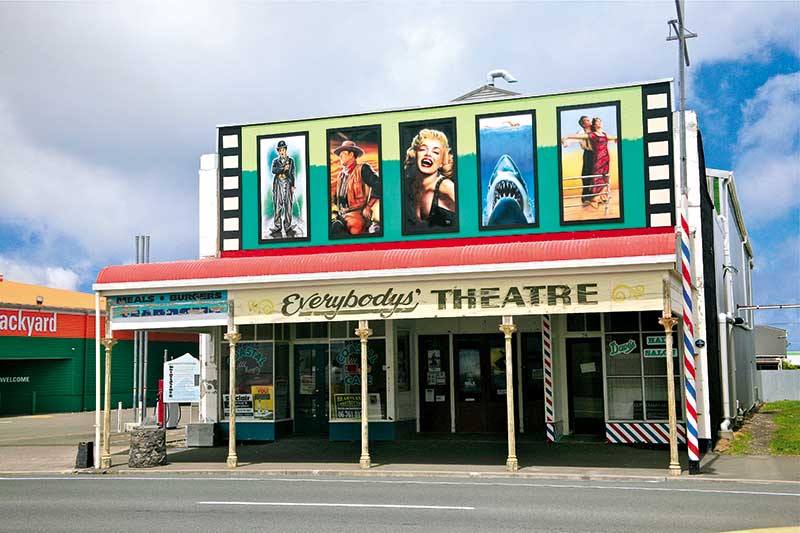The spark that ignited my latest road trip came after reading the book Daisy Day – 30 years of surf photography. Throughout its 150 pages are photographs of surfers and Taranaki surf breaks dotted along Surf Highway 45, most of which I am familiar with, not as a surfer, but as a photographer. One of my favourite surf breaks was at the end of Paora Road called Graveyards where I would often shoot family portraits in the early years making the most of a wall of rock at low tide.
Surfing was never something I leaned toward, especially after getting whacked in the face and losing a tooth by a rogue surfboard while swimming at Oakura Beach in my early teens. Drawing inspiration from Daisy’s book, I decided to revisit some of those surf breaks I remembered and look for other reasons why so many people, surfers and non-surfers alike, seem to be visiting this iconic highway in droves.
Heading south on Surf Highway 45 or as the locals call it ‘round the coast’, my first stop is Back Beach. Nestled at the southern base of Paritutu Rock with high cliffs lining the coastline toward Omata, it not only attracts surfers but also paragliders that take advantage of the constant wind that seems ever present.
The first town on my trip down Surf Highway 45 is the popular seaside village of Oakura, where I indulged in a high tea in an old railway carriage that doubles as a themed cafe. The carriage is parked in front of the original Te Wera railway station, brought here from Stratford and meticulously restored by local identity Ashley Heydon.
He also brought the carriage here from the historic Waihi Goldfield Railway and fitted out the interior into the cafe it is today. It is unusual to see authentic railway infrastructure in an area of Taranaki where commercial railway lines were never laid. Current owner Sharleen Walker serves only wholesome home baking including her specialty high tea that was as delicious to look at as it was to eat.
Oakura itself has a resort feeling to it, especially in summer. The beach is a magnet for all things marine, from wind surfing to the annual surf championships and everything in-between.
Set back from the highway and appearing directly in front of Mount Taranaki as you drive up the access road is Puniho Pa-Tarawainuku Marae with its distinctive pale buildings and dark red roofs. Mounted on a plinth in front of the Marae is the ancient guide stone Te Toka Rauhoto Tapairu. According to Maori legend, this was the guide stone that led Taranaki on his retreat from Taupo to the west coast.
Before moving on from Puniho Pa, I visited the well-known Taranaki artist Dale Copeland whose home is adjacent to the Marae. I found her house amid an overgrown jungle of vegetation, faded paint and cobwebs and fell in love with it immediately.
A few minutes further on, I drive through the gates of the iconic Parihaka Pa, the uwnassuming Taranaki village with a long history of sadness, conflict, resolution and hope.
I pull up in front of what, at first, appears to be a wharenui (meeting house) but is actually the home of Maata Wharehoka. Surrounded by children and grandchildren who live with her, she is the quintessential kuia, commanding great presence and mana. Maata runs a whanau-based visitor experience to Parihaka called Maata Hikoi Koi ki Parihaka that allows a visitor to be part of a marae visit unlike any other. Wandering through the village with Maata, I felt a real sense of history and a living connection to past generations despite the obvious signs of disrepair.
On the coast directly opposite Parihaka stands a structure that is as much photographed as Mount Taranaki itself. Getting both in a photograph, especially at sunset, is a constant drawcard to so many photographers, myself included. Built in 1881 around the same time as Parihaka was invaded, the Cape Egmont Lighthouse was manned until its automation in 1986. The lighthouse is accessible to the public, however there is no entry to the interior.
Throughout my trip down the coast, there has been one constant feature visible the entire time: dairy farms with their herds of jersey or freesia cows. It is said that Taranaki is actually one big dairy farm, an anomaly that fits the area between Oaonui and Hawera. Driving through this patchwork of fertile flat land, it is easy to see why.
Except for the occasional fine homestead with their ornate gated entrances, it is difficult to see where one farm ends and another begins. In the past, each area or town had its own dairy factory, the ruins of some still visible, while others are recycled into homes or businesses. There is an air of faded glory about some of the buildings in towns like Rahotu, Opunake, Pihama and Otakeho. Some of the original shops still bear signs from another era even though there have been attempts to update with colourful murals.
Opunake is proud to count Sir Peter Snell as one of its sons. So much so that in 2007 a bronze statue of him was unveiled honouring the triple-Olympic gold medallist, who was born in Opunake and lived there for nine years until moving with his family to the Waikato. He now lives in Texas but did return to Opunake for the unveiling.
The next town of note on the Surf Highway is Manaia with its distinctive bread loaf road sign. The reason for the eye-catching sign is that Manaia is the home of Yarrows Family Bakers, one of the last independently owned bakeries in New Zealand.
Established in 1923, it is owned and operated by the third generation of the Yarrows family, supplying breads and an extensive range of quality bakery products in New Zealand and around the world. The large bakery can be found opposite the band rotunda and roundabout that marks the centre of the small town and sells bread products from a small shop on site.
On a sadder note, Manaia was the home of George the Jack Russell terrier who died in 2007 protecting five local children from an attack by two savage pitbull dogs. The little terrier was posthumously awarded the PDSA Gold Medal, in recognition of his bravery. You can see the bronze memorial of George on the left of the rotunda heading toward Hawera.
Surf Highway 45 will always be associated with surfing, as it should be. That’s why it’s called Surf Highway. But for those of us who can’t surf it remains a fascinating Taranaki journey with enough diversions and attractions to keep even the most jaded traveller interested.

The road to Milford Sound
Explore the awe-inspiring journey to Milford Sound through Fiordland National Park – from scenic DOC campsites and iconic hikes to wildlife cruises and luxury stays


